6 German Dishes That May Not Be for Everyone And 10 Timeless Recipes Worth Every Bite
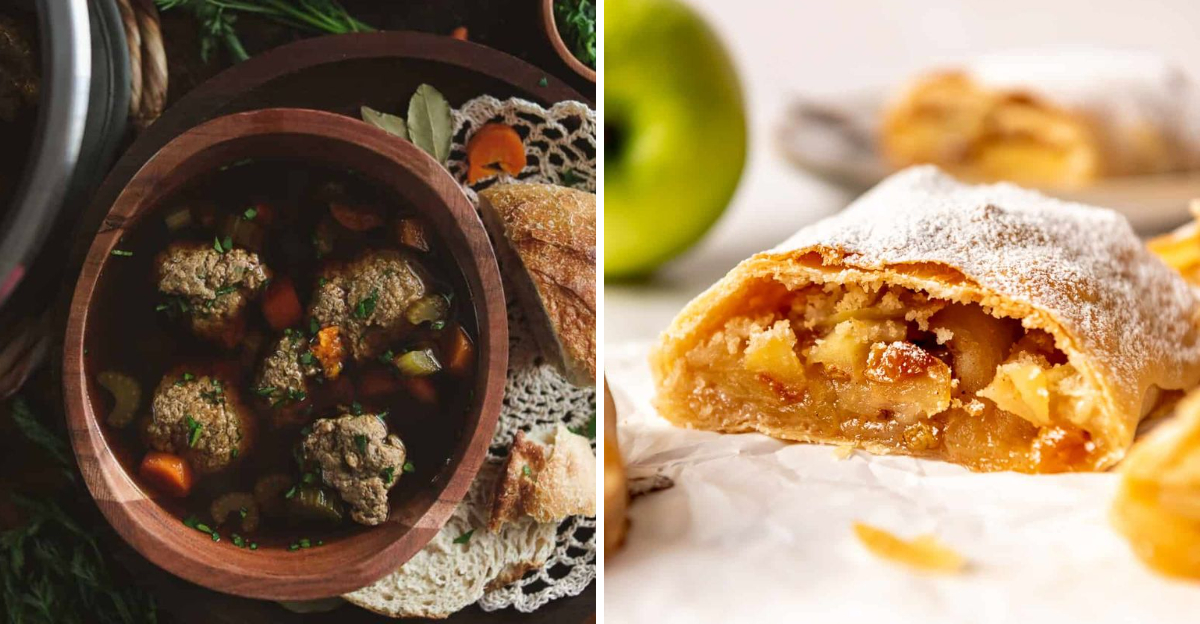
German cuisine is renowned for its hearty flavors and traditional recipes. However, not every dish is universally adored. This article explores six German dishes that might challenge your palate alongside ten timeless classics that promise satisfaction with every bite. Immerse yourself in a culinary journey through Germany, from the bold to the beloved.
1. Blutwurst (Blood Sausage)
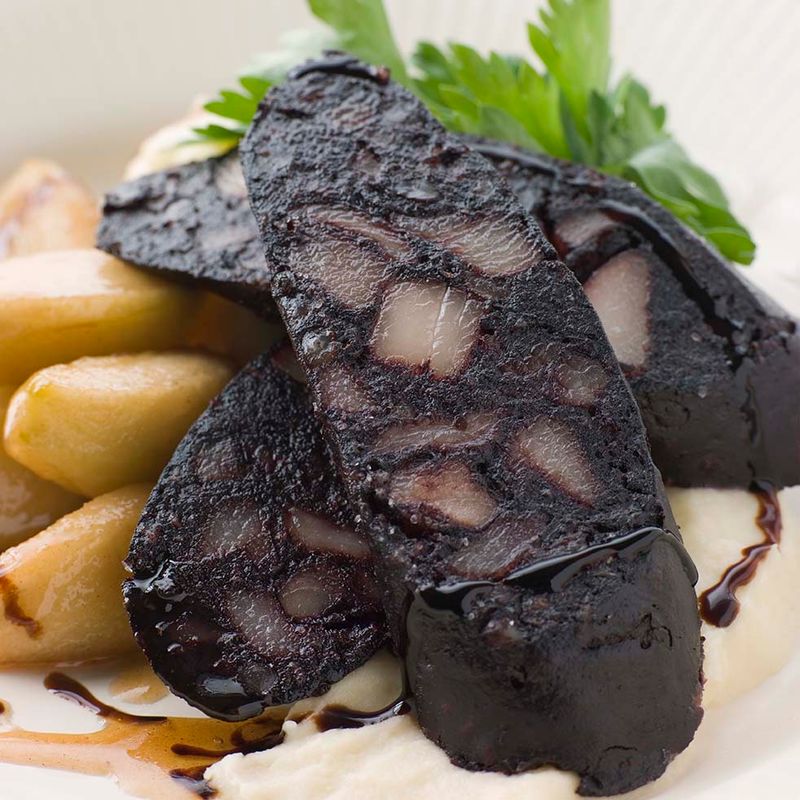
Blutwurst, or blood sausage, is a traditional German delicacy made with blood, typically from pigs, and various fillers like oats or barley. Its rich, dark color and intense flavor make it a beloved choice for some, yet it can be challenging for others. The sausage is often served sliced with onions or potatoes, providing a hearty meal. Historically, blood sausages have been part of German cuisine for centuries, celebrated during festive occasions. Whether enjoyed hot or cold, Blutwurst remains a testament to Germany’s culinary traditions.
2. Sülze (Head Cheese in Aspic)
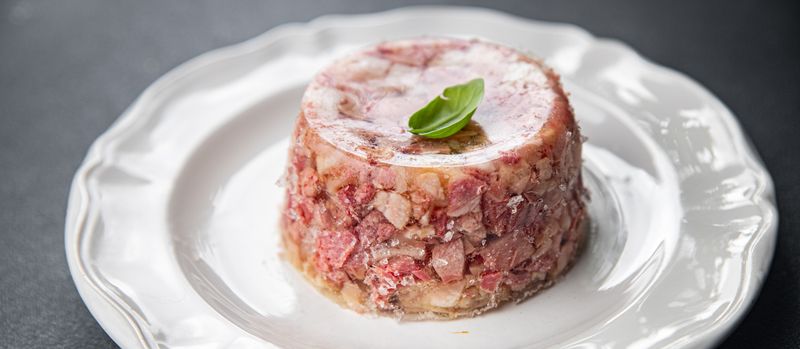
Sülze, often known as head cheese, is not cheese at all, but a cold cut made from meat set in aspic. Its jelly-like texture and appearance might deter some, yet it’s a staple in German delis. Traditionally, Sülze is made from pork, but variations exist with beef or even game meats. Served cold, it offers a savory, tangy taste, especially when paired with vinegar or pickled onions. Its origins trace back to using every part of the animal, showcasing resourcefulness in cooking.
3. Mett (Raw Minced Pork)

Mett, a dish of seasoned raw minced pork, is a breakfast or snack favorite in Germany. Known for its tender texture and delicate flavor, it’s often served with onions on crusty bread. The pork is finely minced and lightly seasoned, allowing the meat’s natural taste to shine. Due to Germany’s strict food safety regulations, Mett is considered safe to eat raw, though it’s a concept that intrigues and sometimes alarms visitors. Enjoyed in various regions, it remains a quintessential example of German culinary customs.
4. Handkäse mit Musik
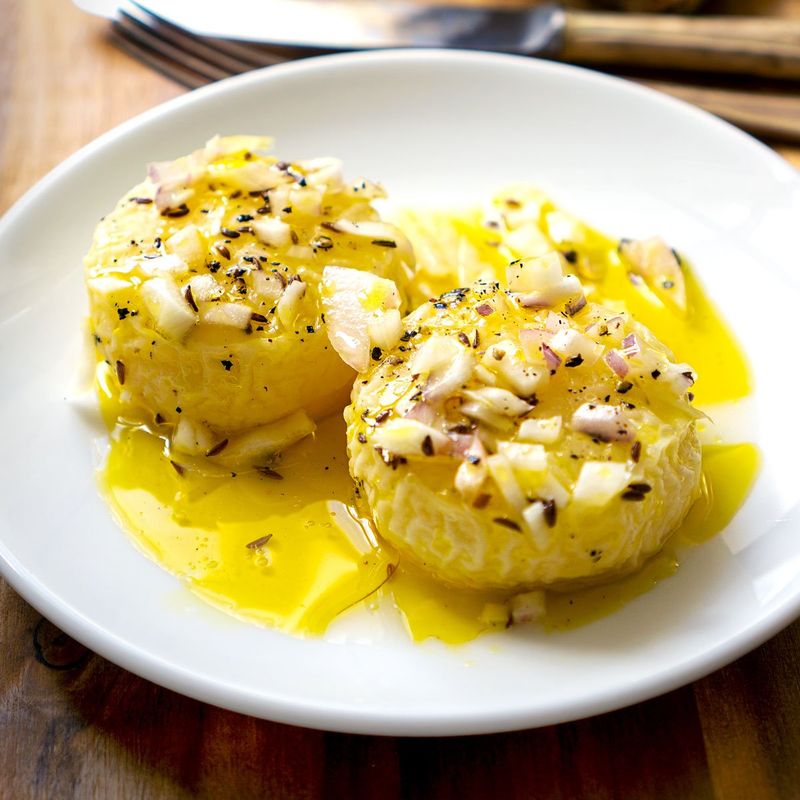
Handkäse mit Musik is a unique dish from Hesse, characterized by its pungent aroma and tangy taste. This sour milk cheese is served with vinegar, oil, and raw onions, creating a symphony of flavors. The ‘Musik’ refers to the sound of the onions, but locals joke it’s the digestive effect. Handkäse’s strong smell and crumbly texture often surprise first-timers, yet it remains a cherished regional specialty. Pair it with rye bread and a glass of apple wine for a true Hessian experience.
5. Leberknödel (Liver Dumplings)
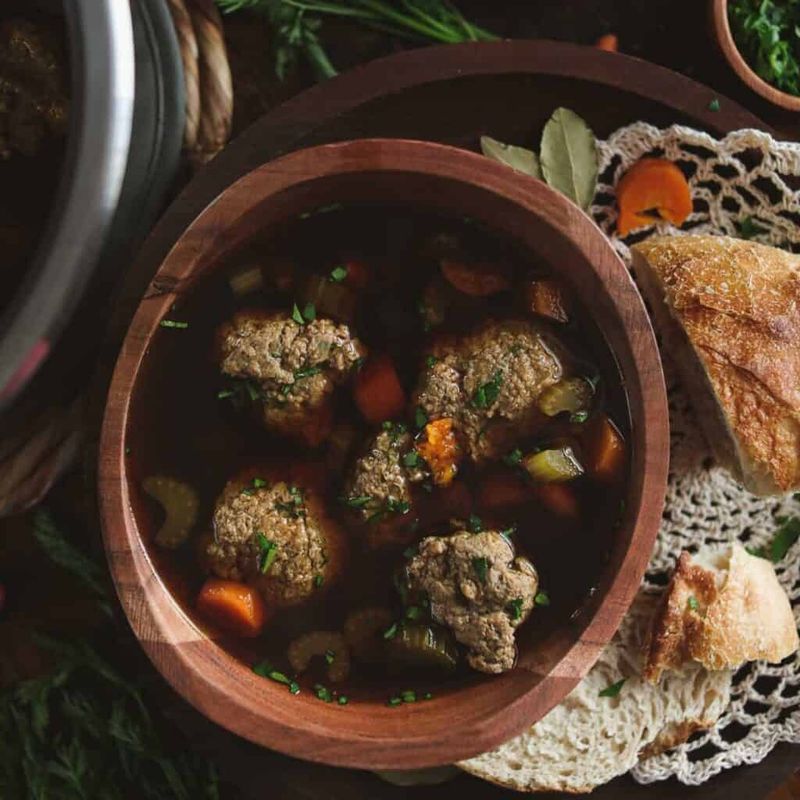
Leberknödel, or liver dumplings, offer a distinctive taste embedded in German culinary tradition. Made of liver, bread, and spices, these dumplings boast a robust flavor, especially when served in a hearty broth. While some appreciate their earthy taste and dense texture, others find the liver’s boldness overwhelming. These dumplings are common in Bavarian menus, often enjoyed during festive gatherings. Their origin reflects a frugal yet flavorful approach to cooking, using every part of the animal.
6. Grünkohl mit Pinkel
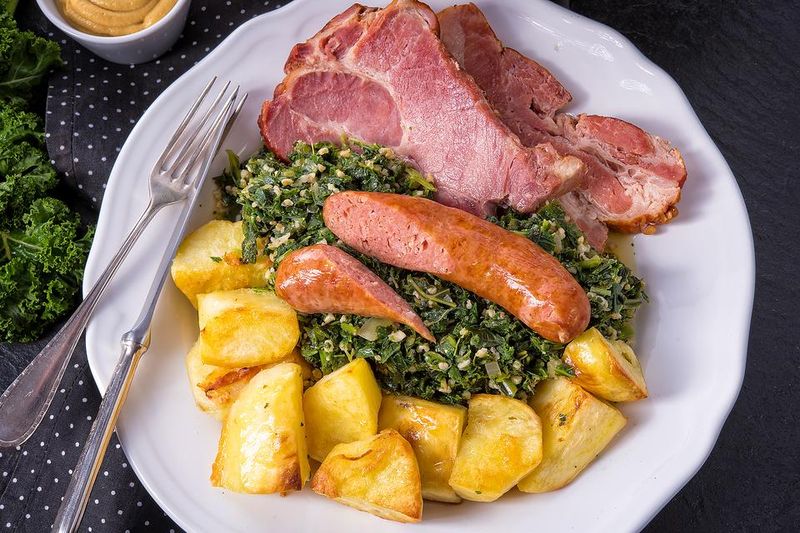
Grünkohl mit Pinkel combines kale with Pinkel sausage, creating a quintessentially northern German dish. Known for its hearty flavor, this meal is a winter staple, often enjoyed during kale tours with friends. The kale is cooked until tender and slightly bitter, while the sausage adds a smoky, savory note. The richness of the dish can be an acquired taste, particularly for those unaccustomed to its robust flavor profile. Still, it remains a beloved tradition in northern regions of Germany.
7. Sauerbraten (German Pot Roast)

Sauerbraten, a pot roast soaked in a marinade of vinegar, water, and spices, is a hallmark of German cuisine. This dish’s allure lies in its blend of sweet and tangy flavors, achieved by marinating the meat for several days. Slow-cooked to tender perfection, Sauerbraten is typically accompanied by red cabbage and dumplings or potatoes. Its origins are traced back to the need for preserving meat before refrigeration. This dish not only delights the palate but also evokes a sense of nostalgia and comfort.
8. Wiener Schnitzel
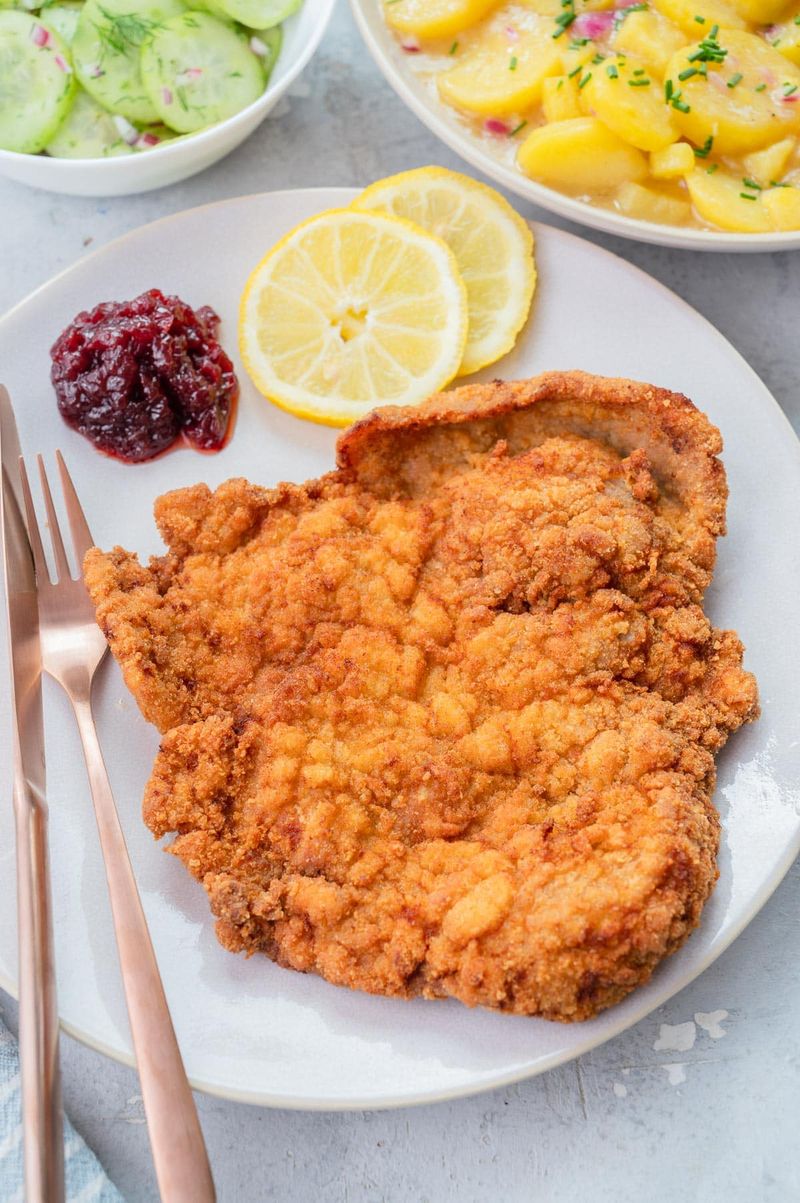
Wiener Schnitzel, though Austrian by origin, has become a beloved staple in German cuisine as well. This dish features a thin, breaded veal cutlet, fried to a perfect golden brown. Its crispy crust contrasts delightfully with the juicy, tender meat inside. Often served with a wedge of lemon and potato salad or fries, Wiener Schnitzel is a favorite in both homes and restaurants. Its simplicity belies its exquisite taste, making it a timeless classic enjoyed by all ages.
9. Bratwurst
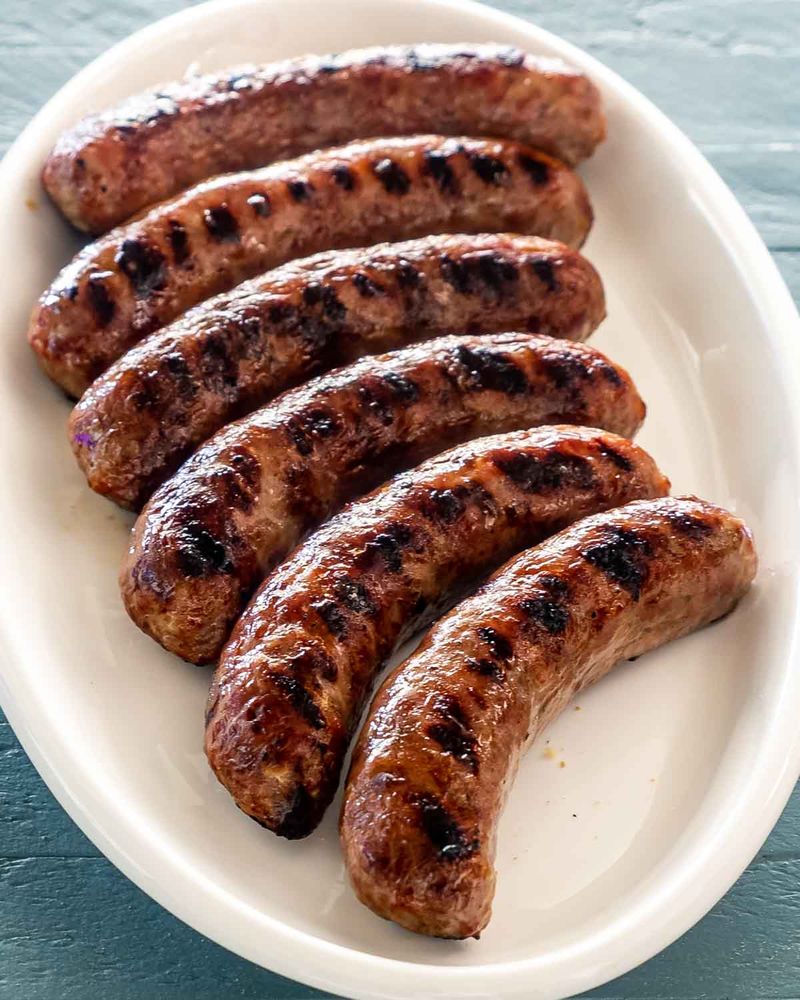
Bratwurst is synonymous with German barbecue. These sausages, made from pork, veal, or beef, are seasoned with a variety of spices. Grilled to perfection, Bratwurst offers a savory bite that’s crisp on the outside and juicy inside. Served in a bun with mustard and sauerkraut, it epitomizes German street food. Variations exist across regions, each adding a unique twist to the recipe. Whether at a summer grill party or a Christmas market, Bratwurst never fails to satisfy.
10. Kartoffelsalat (German Potato Salad)
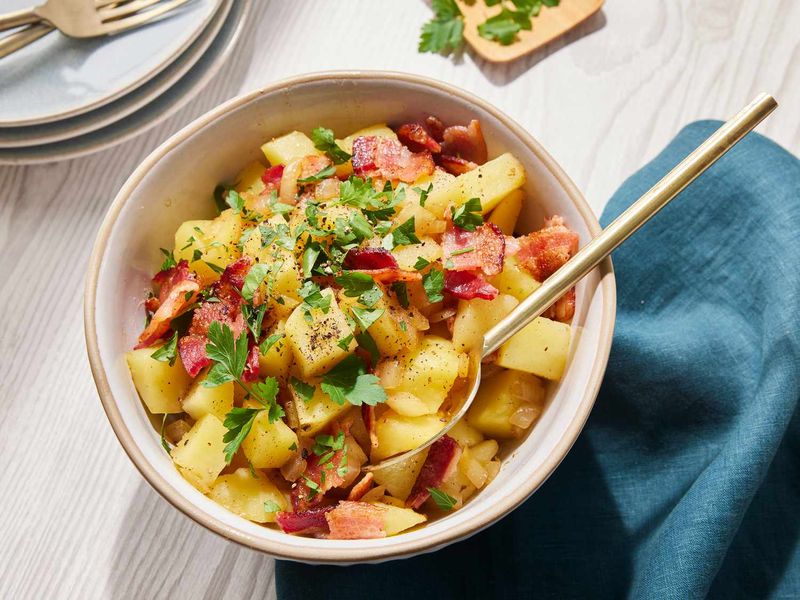
German potato salad, or Kartoffelsalat, varies by region, but the southern version especially stands out. Made with a warm vinegar dressing, bacon, and onions, it eschews mayonnaise for a tangier flavor profile. This side dish accompanies a variety of meats, providing a refreshing complement with its mix of textures and tastes. The salad’s roots reach deep into German culture, symbolizing simplicity and heartiness. Each family boasts its own version, passed down through generations, ensuring its timeless appeal.
11. Spätzle

Spätzle, soft egg noodles, are a versatile staple in German cooking, especially in Swabia. These tender noodles are often served as a side or main dish, drenched in cheese or gravy. Their slightly chewy texture and mild flavor make them a perfect accompaniment to rich meats. Traditionally, Spätzle is made by hand, which adds to its rustic charm. Its comforting taste and adaptability have made it a beloved addition to many meals, delighting both young and old alike.
12. Pretzels (Brezn)

Pretzels, or Brezn, are iconic in German culinary culture. With their distinctive knot shape and glossy, salted crust, they are a comforting snack or accompaniment to meals. The dough is boiled before baking, giving pretzels their unique texture—soft inside, crunchy outside. Traditionally enjoyed with mustard or cheese dip, they also pair well with beer. Originating from monastic bakers in the Middle Ages, pretzels have become a symbol of German tradition, often enjoyed during Oktoberfest and other celebrations.
13. Rotkohl (Braised Red Cabbage)
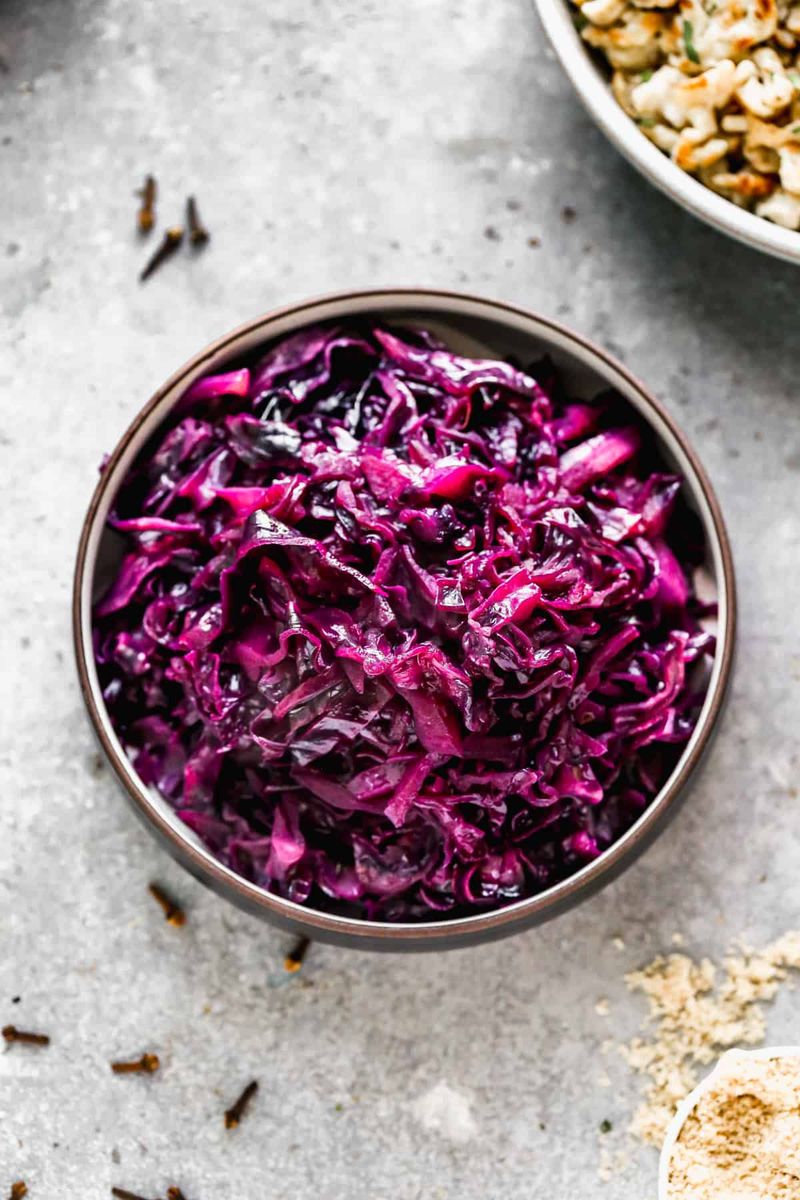
Rotkohl, or braised red cabbage, is a staple side dish in German cuisine, providing a sweet and sour contrast to hearty meats. Slow-cooked with apples, vinegar, and spices, it offers a depth of flavor that enhances any meal. Its vibrant color and aromatic profile make it a visually appealing addition to the table. Often served during holidays, Rotkohl evokes a sense of warmth and family tradition, embodying the essence of German comfort food.
14. Rouladen
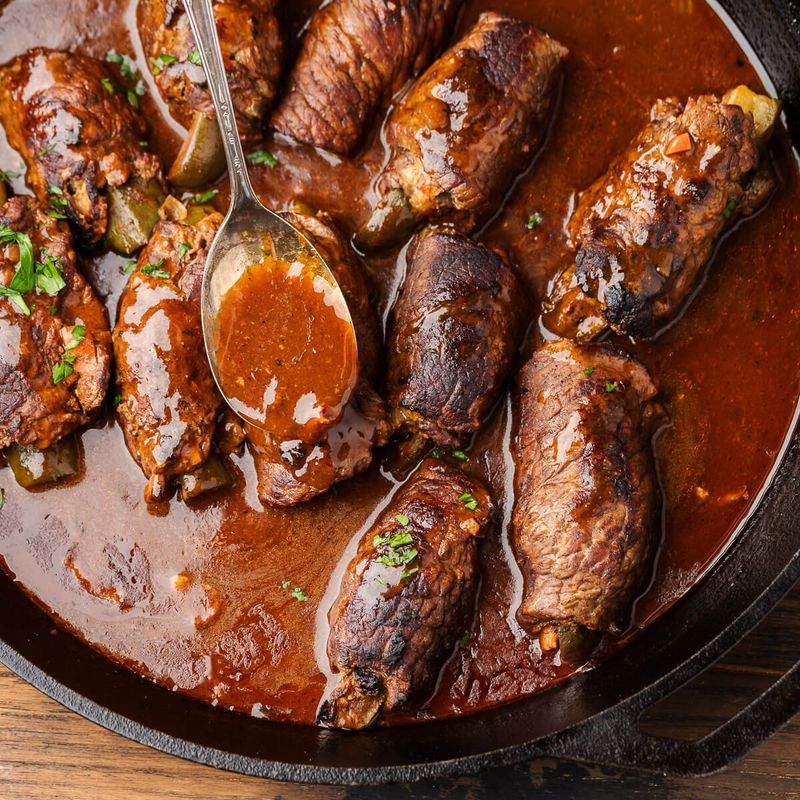
Rouladen, a beloved German dish, features rolled beef filled with mustard, pickles, onions, and bacon. These rolls are simmered until tender, infusing the meat with a rich, savory flavor. The dish is typically served with gravy, red cabbage, and mashed potatoes, making it a complete and satisfying meal. Its preparation reflects a harmonious blend of flavors and textures, showcasing German culinary expertise. Rouladen is often reserved for special occasions, embodying the joy of shared meals.
15. Schweinshaxe (Pork Knuckle)
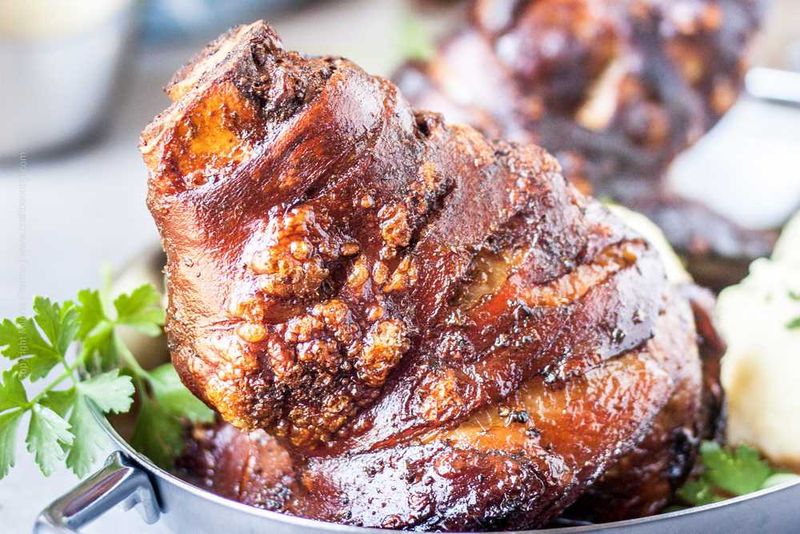
Schweinshaxe, or pork knuckle, is a classic Bavarian dish known for its crispy skin and tender, flavorful meat. The knuckle is slow-roasted, resulting in a rich, savory taste paired perfectly with sauerkraut or dumplings. Its hearty nature makes it a favorite at beer gardens and festive gatherings. Schweinshaxe’s appeal lies in its simplicity and robust flavor, offering a quintessential taste of Bavaria. Often enjoyed with a cold beer, it represents the region’s culinary heritage.
16. Apfelstrudel

Apfelstrudel, a delectable pastry filled with spiced apples and raisins, is a dessert beloved across Germany. The flaky, buttery crust envelops a sweet, cinnamon-laden filling, creating a perfect harmony of textures and flavors. Often served warm with a scoop of vanilla ice cream or whipped cream, Apfelstrudel is a timeless treat enjoyed during festive occasions and family gatherings. Its origins are intertwined with European pastry traditions, making it a cherished culinary classic.
